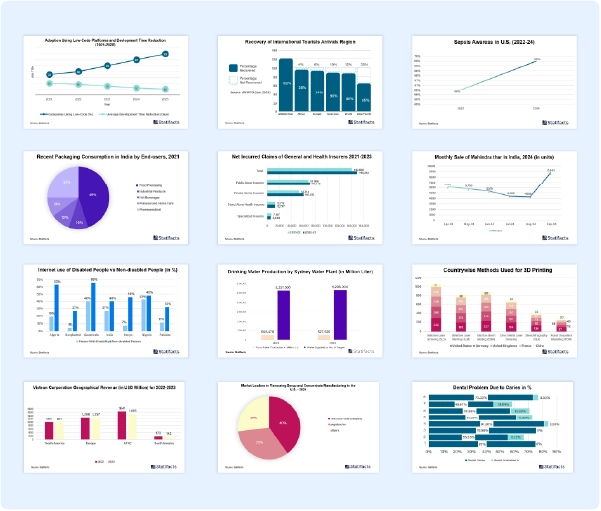The U.S. antisense and RNAi therapeutics market size is calculated at USD 3,715 million in 2025 and is predicted to reach around USD 17,942 million by 2034, expanding at a CAGR of 19.12% from 2025 to 2034.
U.S. Antisense And RNAi Therapeutics Market Report Highlights
- The intravenous injections segment held the largest revenue share for the U.S. antisense and RNAi therapeutics market in 2025.
- The subcutaneous injections segment is anticipated to be the fastest-growing during the forecast period.
- The antisense technology dominated the U.S. antisense and RNAi therapeutics market of 73% in 2025.
- The RNA interference (RNAi) segment is expected to grow fastest during the forecast period.
- The neurodegenerative disorder segment held the largest U.S. antisense and RNAi therapeutics market share with 72.0% in 2025.
- The genetic disorders segment is projected to grow at a CAGR of 20.2% from 2025 to 2034.
The U.S. antisense and RNAi therapeutics market refers to the production, distribution, and application of antisense and RNAi therapy in which antisense therapy means the selective, sequence-specific inhibition of gene expression by single-stranded DNA oligonucleotides. RNA interference (RNAi) is triggered by double-stranded RNA (dsRNA) and causes sequence-specific mRNA degradation of single-stranded target RNAs in response to dsRNA. The major benefit of antisense or RNAi-based approaches for therapeutic applications is that they use cellular machinery that effectively allows the targeting of complementary transcripts, which may result in highly potent down regulation of gene expression. Antisense oligonucleotides (ASOs) are incredibly adaptable molecules that can be designed to specifically target and modify RNA transcripts to slow down or halt rare genetic disease progression.
Increasing focus on antisense and RNAi based precision medicine contributing to the growth of the U.S. antisense and RNAi therapeutics market. As a part of a recent evaluation of precision medicine approaches in drug discovery and development, antisense oligonucleotides (ASOs) have shown promise to transform the treatment of genetically defined rare disorders that in most cases are severely debilitating and still lacking an adequate treatment. RNA interference (RNAi) is considered a highly specific approach for gene silencing and holds huge potential for the treatment of many pathologic conditions like cancer, cardiovascular diseases, and viral infections. RNAi has proven to be a powerful and adaptable therapeutic strategy where innovations in pharmaceutics and chemistry continue to bring RNAi-based drugs. RNA-based therapeutics have proven to a great potential for the development of targeted therapies for cancer and other diseases.
Rising demand for personalized treatments for rare diseases drives the adoption of antisense and RNAi drugs which driving the growth of the U.S. antisense and RNAi therapeutics market. RNA therapeutics can offer many benefits in personalized therapies for myriad patients suffering from genetic disorders and this helps to transform standard patient care and actualize personalized medicine. These factors help the growth of the market. Antisense therapy is conventionally defined as a genetic-based drug design for the therapeutic administration of short single-stranded DNA or RNA polymers synthesized in vitro. These molecules are promising strategies for personalized treatments for rare genetic diseases and are used in development for very common disorders too.
By using artificial intelligence (AI) algorithms to analyze data from large populations, can be used to identify trends and patterns that can help predict the effectiveness of potential drug candidates for specific patient populations, which can help tailor treatments to the needs of individual patients. AI augments the capabilities of differently abled individuals, AI operates 24×7 without breaks or interruptions and has no downtime, AI allows complex tasks without significant cost outlays, and it also drives down the time taken to perform a task. These factors help the growth of the U.S. antisense and RNAi therapeutics market. AI leverages sophisticated computation and interference to generate insights, allows the system to reason and learn, and empowers clinician decision making through augmented intelligence.
Growing focus on neurological diseases increases demand for antisense therapies in neurodegenerative disorders which driving the growth of the U.S. antisense and RNAi therapeutics market. Antisense therapy has emerged as a promising and exciting strategy for the treatment of many degenerative and neuromuscular disorders. Antisense oligonucleotide (ASO) therapeutics can modulate target gene expression with high specificity through many mechanisms determined by base sequences and chemical modifications and have shown efficiency in clinical trials for a few rare neurological conditions. RNAi is a potent tool to suppress genes in humans and has great potential for therapeutic use in neurological disorders.
Investment in research and development to expand the addressable market for new therapeutic approaches which contributes to the growth of the U.S. antisense and RNAi therapeutics market. The benefits of investment in research and development in therapeutics include partnership, helping businesses stay relevant, unique selling points, technological advancements, increased customer satisfaction, increased business efficiency, fostering economic growth, risk management, improved product quality, competitive edge, competitive advantages, collaboration, attract investments, promote innovation, and decrease taxes which helps the growth of the market.

